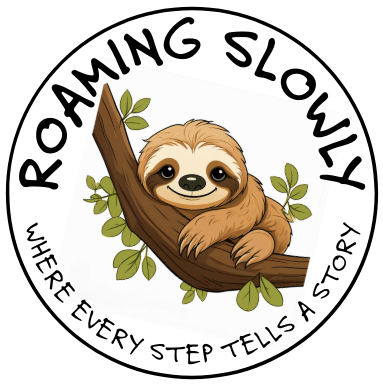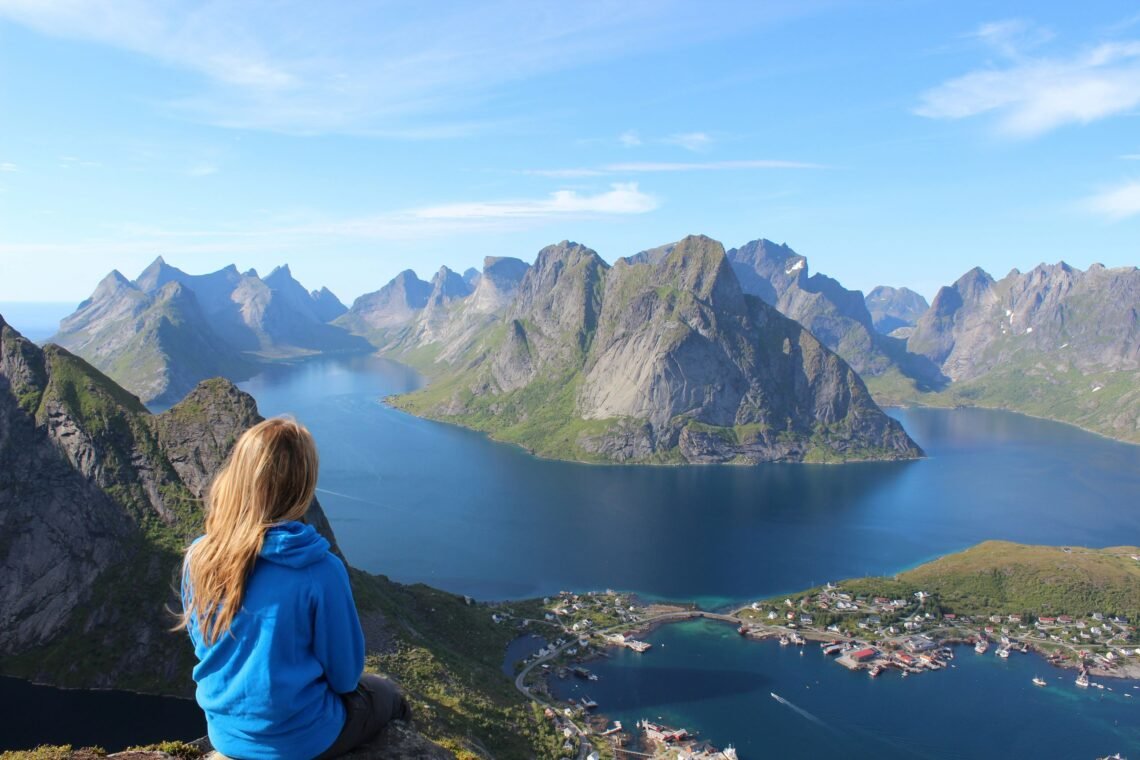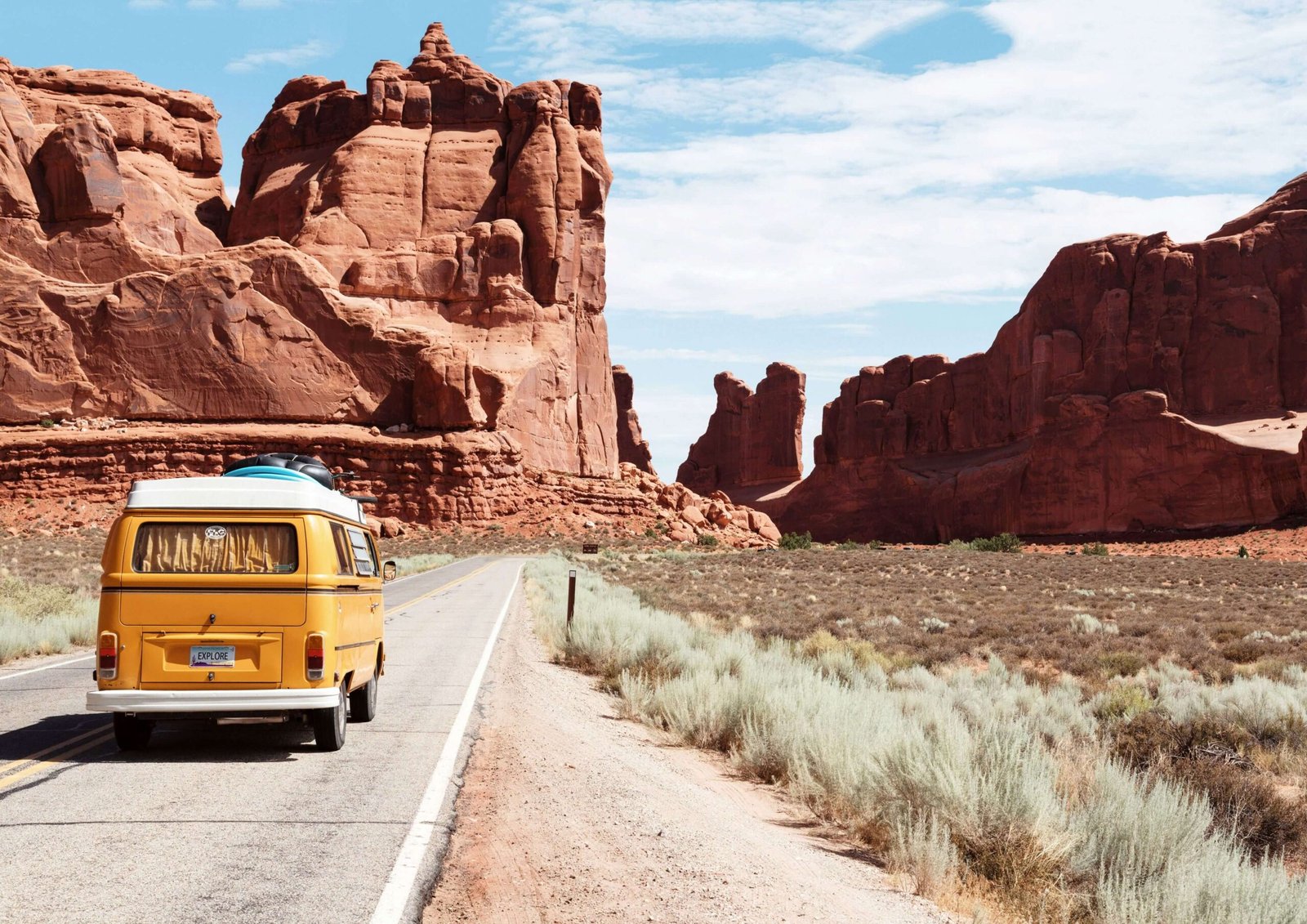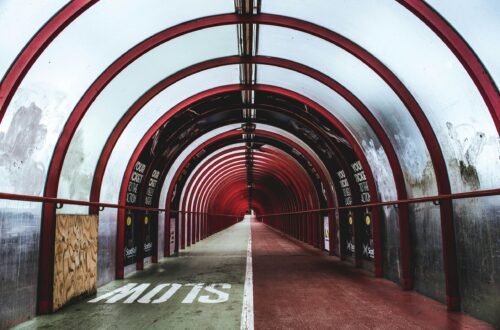Table of Contents
Slow travel is a way to see the world that changes you. It emphasizes relationships and depth while standard travel often focuses on quantity and speed. It means enjoying every moment becoming part of society and getting to know the places you visit. As the world speeds up many tourists seek a more meaningful trip. Slow travel lets people appreciate their places more, encourages them to live in the moment and allows them to interact with their surroundings more.
What Is Slow Travel?
Slow travel emphasizes deepening experiences. It contrasts with the rushed pace of ordinary tourism which entails checking off locations and dashing between sights. Slow travel promotes staying longer experiencing local life and prioritizing quality over quantity. By connecting with the environment and its inhabitants travelers may enjoy each location’s uniqueness. Enjoy the trip, not just the goal.
The Slow Movement Origins And Philosophy
The 1980s slow movement advocated for a more mindful and purposeful lifestyle in opposition to fast food. This movement led to the notion of slowness in life including travel. Carl Honore and The World Institute of Slowness inspired slow travel to counter contemporary tourism fast surface level encounters. Unlike the Futurist Movement which praised speed and advancement the slow movement promoted awareness and presence to improve life.
Who Should Embrace Slow Travel?
All lifestyles and backgrounds may enjoy slow travel. No belief system or age group is associated with it. Slow travel may be tailored to individual needs. Slow travel may improve your life as a busy professional student or retiree. It involves little modifications like spending extra time in each place and concentrating on local experiences to improve your trip and personal pleasure.

Practical Tips For Slow Traveling
Slow travel demands a new perspective and strategy. Some practical recommendations to help you enjoy this unhurried travel style:
- Prioritize Experiences: Over Destinations Instead of visiting numerous destinations concentrate on a handful where you can dig deeper. Explore each site for longer to enjoy its distinct features.
- Choose Leisurely Transportation: Have fun on the road. Trains, buses and road journeys provide stunning sights at a slower pace than flying. This travel technique is more immersing and less stressful.
- Plan Flexible Itineraries: Make time for spontaneous activities and discoveries. Stress and lost serendipity might result from a tight schedule. Flexibility lets you follow local advice and see new sights.
- Engage with Local Culture: Attend community events, taste local cuisine and meet locals. This enriches your cultural awareness and vacation experience.
- Explore Local Culture: Stay in authentic lodgings for a more intimate experience. Guesthouses bed and breakfasts and family run hotels provide distinct local experiences.
- Understand Local Transport Options: Learn about local transport timetables. This expertise may help you traverse your location and find hidden jewels that tourists miss.
These practical recommendations can help you have a more meaningful and relaxing slow travel experience. Slow travel lets you experience each place completely, producing lasting memories and a greater respect for the globe.
Top Slow Travel Destinations
Slow travel celebrates absorption and relaxation. Certain places provide calm settings and rich local experiences. These slow travel places are ideal for anyone wanting a more mindful vacation:
1. North Wales, UK
North Wales attracts leisurely tourists who love beautiful scenery and a slower pace of life. The area has charming towns, hills and Snowdonia National Park. North Wales allows visitors to engage with nature via trekking castles and lakes. Beautiful villages like Betws y Coed and Conwy provide snug lodgings and traditional food that reflects the region’s past. This place is perfect for individuals who wish to leave the city and experience country life.
2. The Lake District, UK
Slow travel is ideal in the Lake District known for its quiet lakes, lush woods and charming towns. This UNESCO World Heritage Site offers peaceful hiking, kayaking and leisurely walks. With markets, tea houses and artisan stores Keswick and Windermere provide a relaxed pace. Visitors may learn about William Wordsworth literary influences. The natural beauty and easygoing life in the Lake District inspire visitors to take their time and explore their surroundings.
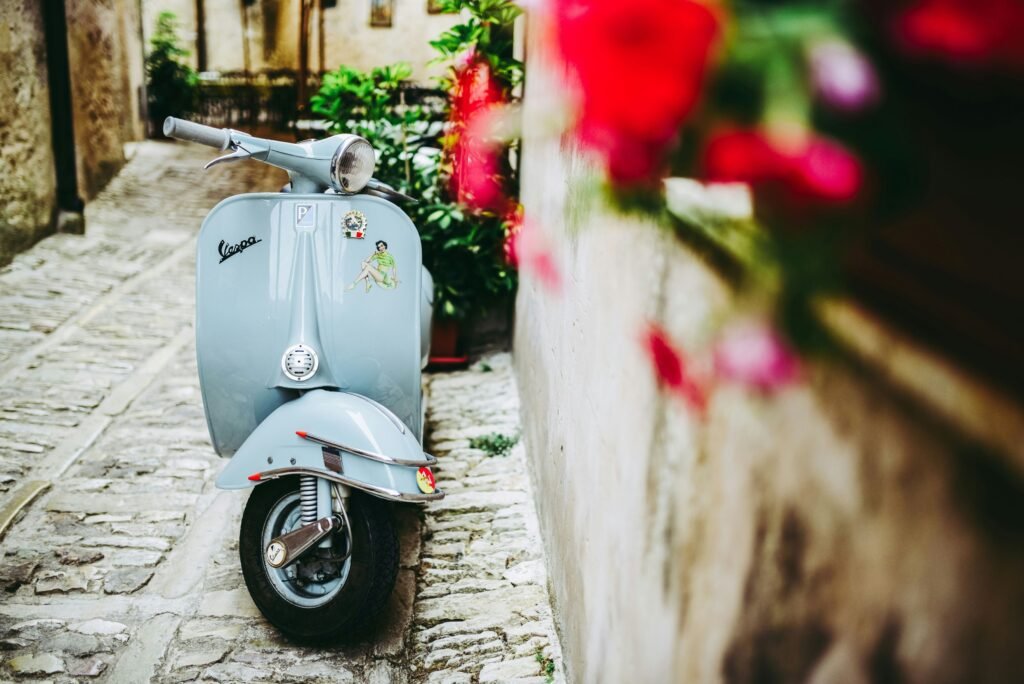
3. Menorca, Spain
For a gentler, more laid back vacation Menorca is a great choice. With its beautiful beaches, clean seas and attractive coastal villages, Menorca is a getaway from the crowds. Ancient megalithic structures and traditional festivals enhance the island’s laid back vibe. Ciutadella and Mahn are attractive communities where visitors may eat local food and relax on the beach. Menorca’s natural beauty and slower pace make it ideal for relaxation.
4. Northern, Spain
Visitors seeking cultural richness and natural beauty should visit northern Spain especially Asturias and the Basque Country. This region has beautiful beaches, rich greenery and picturesque villages. Bilbao and San Sebastin combine contemporary and historic appeal. The region’s varied cuisine including tapas and local delicacies is famed. Northern Spain’s languid pace allows guests to absorb every moment from old cities to stunning treks and coastline vistas.
5. New England, USA
With its quaint tiny towns and stunning scenery New England is the perfect leisurely travel destination in the US. Fall foliage, ancient villages and seaside scenery provide a calm escape from city life. Vermont Green Mountains Maine Acadia National Park and Massachusetts’ Cape Cod provide outdoor and cultural activities. Old inns, marketplaces and gastronomy make travel slower and more absorbing. New England is ideal for slow travel due to its rich history and natural beauty.
6. Utah, USA
Zion Bryce Canyon and Arches National Parks provide a distinct leisurely travel experience in Utah. The state’s beautiful natural formations and vast deserts provide isolation and outdoor experiences. Visitors may take picturesque drives, climb gently and admire nature without the hustle of city life. Utah small towns and rural regions give an insight into local culture and history making it an excellent place for a relaxing vacation.
Conclusion
Slow travel emphasizes quality and immersion offering a refreshing alternative to standard tourists. Slowing down helps tourists understand their places and make more meaningful relationships. This strategy improves personal pleasure and promotes sustainable and courteous travel. Slow travel leads to a more enriching experience and meaningful exploration.
For those considering retiring abroad or seeking a more immersive travel experience, be sure to check out our resources page. We offer valuable insights into retiring in various countries, traveling slowly, and embracing a mindful approach to your adventures. Whether you’re looking for tips on affordable living or guidance on how to connect with local cultures, our comprehensive resources are designed to help you make informed decisions. Explore more here.
